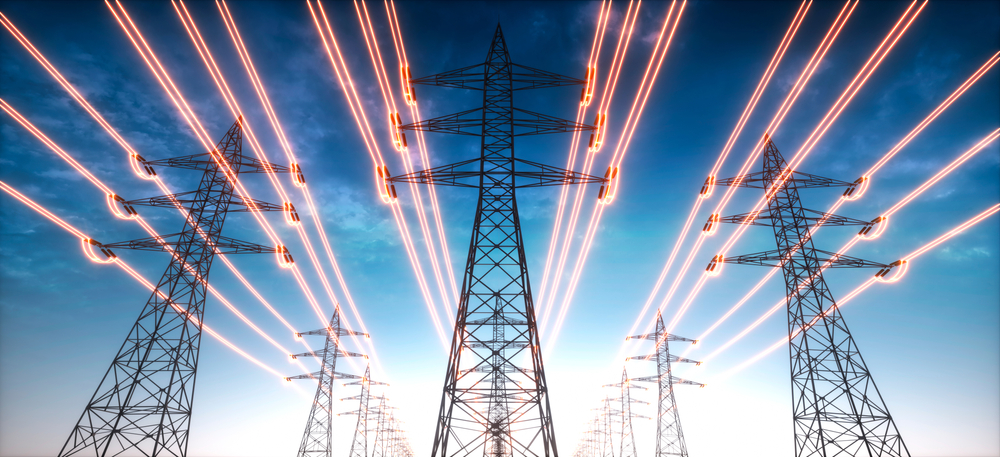
Before last week’s controversial community solar vote, Alice Reynolds, president of the California Public Utilities Commission (CPUC), enumerated the state’s green energy credentials — almost defensively so.
She appeared to be girding for the tongue-lashing the state was about to take from a myriad of green energy and consumer advocates for adopting new utility-backed community energy regulations that they say do little to build real community energy.
“I’m really proud to say that California is the forerunner when it comes to solar development,” Reynolds said. “We are well positioned ahead of other states in terms of solar deployment on our grid with 35 GW of installed solar capacity.”
She went on to note that on May 13, solar energy output hit a new record high “and recently clean energy resources like solar, wind, hydro and batteries have exceeded the entire demand on the CAISO system at some point in the day for 34 days straight.”
All of this is true. And good. But California’s green cred isn’t the problem. What’s being questioned is the state approach to distributed energy resources.
Latest anti-DER vote
“California’s utilities are doing everything they can to stifle distributed energy generation in order to tighten their grip on the state’s electricity grid.”
Derek Chernow, CCSA
Last week’s vote, which rejected a net value billing tariff, is the latest in a series of commission decisions that advocates say indicate distributed energy — unless it’s built by utilities — is out of favor at the commission even as it’s increasingly embraced by consumers. They point to the commission’s decision to quash micro utilities, its damage to the state’s rooftop solar industry through its actions on net metering, and other commission decisions that lawmakers say fell short of legislative mandates and undercut independent or community-backed distributed energy.
As DERs rise nationally to challenge utility-centric energy development, California seems out of step. A Wood Mackenzie report found that the installation of DERs and related demand flexibility will nearly match the capacity added by utility-scale resources from 2023 to 2027.
Derek Chernow, western regional director for the Coalition for Community Solar Access (CCSA), described the community solar vote as “further evidence that California’s utilities are doing everything they can to stifle distributed energy generation in order to tighten their grip on the state’s electricity grid.”
Are we really going to build all of that transmission?

California appears to favor instead large-scale solar and wind farms, which require long, difficult-to-build transmission lines to get energy to population centers.
To be clear, I’m not against big green energy projects or transmission lines. But smart resource planning dictates that, at the very least, we evaluate distributed energy as an alternative before building projects that are often located far from energy consumers.
Building green energy close to those it serves is more efficient — electricity is lost when it travels over transmission lines. And there are a host of other reasons distributed energy can be a better alternative — from giving communities more say in their energy supply to improving resilience and reliability.
Proponents of utility-scale energy projects argue that they offer the quickest path to reaching climate goals. But is that true given the yeoman’s effort ahead to build enough transmission to carry green power to population centers and meet a tidal wave of new demand for electricity?
Obtaining necessary permits alone takes, on average, 6.5 years and sometimes 10 years, according to the American Clean Power Association. The US Department of Energy found that to meet a high load-growth demand scenario, the US will need to double the size of its regional transmission systems by 2035 and expand interregional transmission by 412%. Given that we’ve been growing the transmission system by about one percent per year, it’s a mammoth undertaking, even with FERC’s new rule requiring long-term transmission planning by utilities.
A moment of reckoning for utility-scale energy
Further, the renewable energy industry needs to reckon with a brewing public relations crisis — an uneasiness among communities against cutting down trees and replacing agricultural land with wind and solar farms.
Community opposition is among the top three reasons why utility-scale projects are canceled, according to a Berkeley Lab study. One-third of utility-scale wind and solar projects are never built, and half are delayed six months or more. Cancellation costs about $2 million per project for solar and $7.5 million for wind.
Lecturing these communities about climate change is unlikely to win the day; offering them an alternative like renewable distributed energy — which tends to have strong support across the political spectrum — just might.
California’s poor showing to date on community solar

About three-quarters of the community solar market can be found in four states: Florida, Minnesota, New York, and Massachusetts, according to the Department of Energy. California is notably absent with only 163 MW of community solar compared with New York’s 2 GW.
“The vote solidifies California’s place near the bottom of community solar markets nationwide, ceding leadership to other states to truly democratize solar energy and fulfill national energy equity goals,” Chernow said.
Handing community solar over to California’s investor-owned utilities, which so far have not done a good job with it, is particularly disheartening given what community solar offers — an often economical energy alternative for those who cannot afford rooftop solar, have shaded roofs or live in apartments.
Now what?
There is some good news. According to advocates, the commission discarded the utility-championed idea that community solar is governed by federal law, an approach that could have harmed community solar in California and nationally.
And it’s significant that the commission was not in full agreement on the utility-backed community solar plan. Commissioner Darcie Houck voted against it.
“The program needs more work to ensure benefits from community solar are realized for all Californians,” Houck said before last week’s vote. “California is a global leader in the energy transition, and we have an opportunity here to develop a cost-effective equitable program that could provide reliability, resiliency, and affordability benefits for California and, in particular, to some of our most vulnerable populations. I do not believe the program as designed will get us there.”
Even Reynolds said there was more work to be done. “We’re not done here today. This work will start immediately to determine how to structure additional compensation for community solar projects.”
One area of focus will be a new program, the Community Renewable Energy Program, that could open up opportunities for non-utility community solar projects. The program will tap into $250 million California expects to receive from the Biden Administration’s Solar for All program. Whether California can use the money in this way, however, is dependent on guidance still to come from the EPA.
Community solar advocates say they are not giving up on the state, which is a key market nationally. CCSA plans to explore, among other things, legislative action.
“We hope that California does not abandon the community solar concept, and we will support continued efforts by the CCSA, SEIA and others to achieve the kind of legislative and regulatory changes that would establish such a program in California,” said Chris Kallaher, vice president of law & regulatory and general counsel for Ampion Renewable Energy, a software and process management company that serves community solar projects in about a dozen states.
The outcome of this next round of effort remains to be seen. But one thing is certain. Distributed energy advocates now have yet another reason to suspect California will not be a leader in grid decentralization.
Subscribe to the free Energy Changemakers Newsletter by long-time energy writer Elisa Wood.
